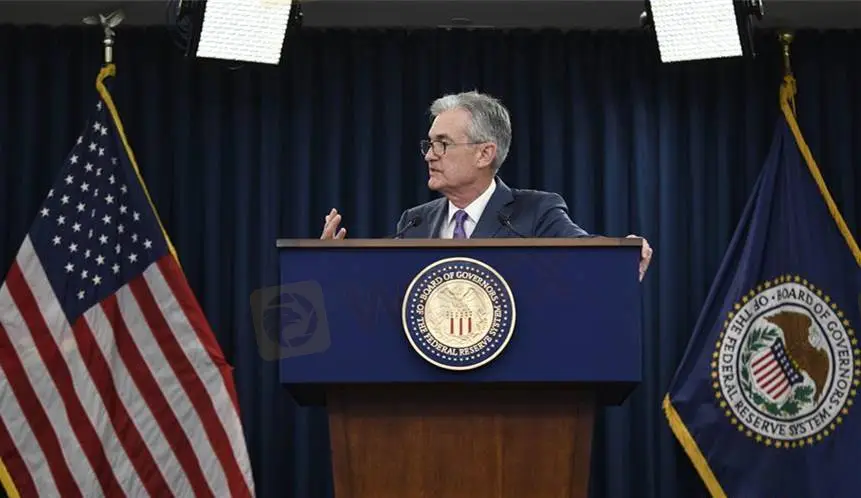简体中文
繁體中文
English
Pусский
日本語
ภาษาไทย
Tiếng Việt
Bahasa Indonesia
Español
हिन्दी
Filippiiniläinen
Français
Deutsch
Português
Türkçe
한국어
العربية
Fed Fund Futures See Fluctuations After Rate Meeting
Abstract:The Fed maintained the current quantitative easing with the interest rate unchanged in the two-day meeting, which perfectly meets expectations.
The Fed maintained the current quantitative easing with the interest rate unchanged in the two-day meeting, which perfectly meets expectations. In financial markets, recent coverage of the Fed‘s last meeting in 2020 has been dominated by talk of Chair Powell’s outlook for economic and monetary policies in 2021. Besides, how Feds 17 policymakers see future rate guided by bitmaps is also on the radar.

Powell remained a dovish stance on monetary policies, according to his post-meeting statement. Nonetheless, he was optimistic about economic growth prospects over the next years, which is in line with expectations. Despite the surging pandemic, substantial progress has been made in the vaccine distribution and inoculation, said Powell. In this case, the US government is highly likely to sustain fiscal policies conducive to economic recovery, a possible reason for the Feds forecast change. The Fed raised its GDP projection for 2021 to 4.2%, slightly higher than the 4.0% set before. It also expected unemployment to decline to 5% in 2021, much lower than the previously expected 5.5%.
In spite of dovish monetary policies, bearish prospects for the economy and the unemployment rate have turned to be bullish. All 17 policymakers of the Fed have agreed with a rate increase ranging from 2% to 3% in 2023, among which four expect a rise up to 2.5%. Another remarkable thing is the Fed Fund futures, though ignored recently. According to CME Group‘s probabilities of possible target rates calculated by the Fed Fund futures contract prices, the chance for an unchanged interest rate in next year's January, March, April, and June is 100%, while that for a rate at 0% to 0.25% in September 2021 is 93.8%. There is a 6.2% probability that the rate will increase from 0.25% to 0.5%, showing investors’ early speculation on the Feds rate hike.
The chance of 6.2% is small but of great significance. Personally speaking, the Fed still has a good opportunity to keep the interest rate unchanged for 2021. But if the US economy in the first half of 2021 revives on vaccine rollout, financial markets could speculate on the Feds market exit in advance. The reason is that the Fed is set to change its monetary policies in the order of market exit, interest rate hike, and balance sheet unwinding. Therefore, if the speculation occurs next year, chances are the greenback is poised to bottom out. But before then, the dollar is bound to suffer from short-term weakness.
Disclaimer:
The views in this article only represent the author's personal views, and do not constitute investment advice on this platform. This platform does not guarantee the accuracy, completeness and timeliness of the information in the article, and will not be liable for any loss caused by the use of or reliance on the information in the article.
WikiFX Broker
Latest News
Brazilian Man Charged in $290 Million Crypto Ponzi Scheme Affecting 126,000 Investors
Become a Full-Time FX Trader in 6 Simple Steps
ATFX Enhances Trading Platform with BlackArrow Integration
IG 2025 Most Comprehensive Review
SEC Drops Coinbase Lawsuit, Signals Crypto Policy Shift
Construction Datuk Director Loses RM26.6 Mil to UVKXE Crypto Scam
Should You Choose Rock-West or Avoid it?
Franklin Templeton Submitted S-1 Filing for Spot Solana ETF to the SEC on February 21
Scam Couple behind NECCORPO Arrested by Thai Authorities
Top Profitable Forex Trading Strategies for New Traders
Currency Calculator







